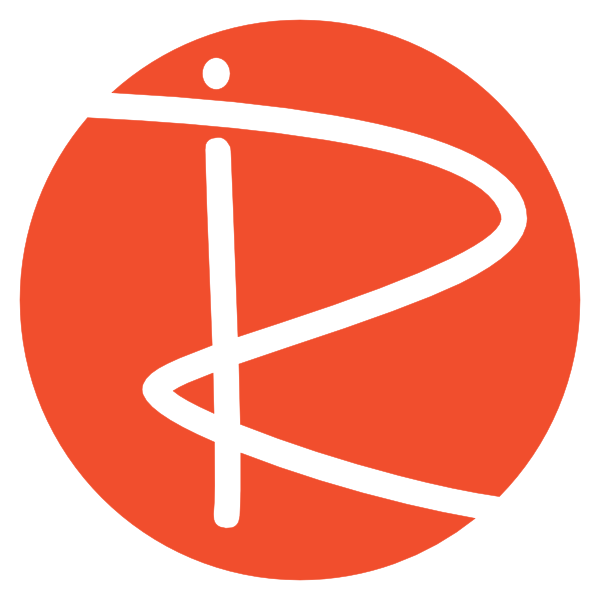Your Moodle dashboard is your personal hub for all things learning, but did you know it’s highly customizable? Whether you’re a student looking to optimize your workflow or an administrator aiming for a consistent user experience, Moodle offers powerful tools to tailor the dashboard to your needs.
This guide will walk you through both personal and global dashboard customization, ensuring you get the most out of your Moodle experience.
Personalizing Your Dashboard: Your Space, Your Way
Every Moodle user has the power to adjust their own dashboard. This means you can arrange blocks, add new ones, or remove elements that aren’t relevant to you. Here’s how:
- Enter Editing Mode: While on your dashboard, locate and click the “Turn editing on” button. This will reveal the customization options.
- Add Blocks: On the right-hand side, you’ll see an “Add a block” option. Click this to browse a variety of available blocks, such as “Completion Progress” to track your course progress or “Recently Accessed Items” for quick navigation.
- Reorder Blocks: Once you have blocks on your dashboard, you can drag and drop them to change their order. Simply click and hold the block’s move icon (usually a four-arrow cross) and drag it to your desired position.
- Remove Blocks: If you decide a block isn’t serving your needs, you can remove it. Click the small gear icon on the right of the block you wish to remove, then select “Delete [Block Name] block.” Confirm the deletion, and it will disappear from your personal dashboard.
Important Note: Any changes you make in this personal customization mode will only affect your own dashboard. Other users will not see these modifications.
Global Dashboard Customization: For Administrators
For Moodle site administrators, there’s an additional level of control: the ability to set a default dashboard for all users. This is incredibly useful for establishing a consistent look and feel, highlighting important announcements, or ensuring specific resources are easily accessible to everyone.
Prerequisites: To perform global dashboard customization, you must have administrator privileges.
Here’s the process for setting a default dashboard:
- Navigate to Default Dashboard Settings: As a site administrator, go to Site administration > Appearance > Default dashboard.
- Customize the Default Layout: On this page, you’ll see the current default dashboard. It might look different from your personal dashboard, as it’s a separate entity. Click “Turn editing on” to begin making changes.
- Add and Arrange Blocks: Just like with personal customization, you can add, remove, and reorder blocks on this default dashboard.
- Add a Text Block: A powerful feature here is the ability to add a custom “Text block.” This is ideal for displaying important messages, announcements, or even HTML-formatted content (like a welcome message with specific styling).
- Conditional Visibility: Moodle offers advanced options for block visibility. For example, you can configure a “Required Grading” block to only appear for teachers, or a “Recently Accessed Courses” block for students. This ensures users only see relevant information.
- Reset Dashboards for All Users: Once you are satisfied with the default dashboard layout, it’s time to apply it to all users. Be aware: Resetting the dashboard for all users will clear any personal customizations they have made and force them to adopt the new default layout.
- To do this, scroll down and click the “Reset dashboard for all users” button. Moodle will then apply your newly configured default dashboard to every user’s account.
By understanding and utilizing both personal and global dashboard customization features, you can significantly enhance the Moodle experience for yourself and your entire learning community. If you’re an administrator, consider the impact a well-designed default dashboard can have on user engagement and information accessibility.
